You’ll have read plenty on these pages over the years about how a car’s wheel size affects how it drives. There’s a reason why we bang on about it with such regularity: yes, there may be style benefits to upgrading to the most extravagant rims, but more often than not they have an adverse dynamic impact.
Yet it appears our protestations are falling on deaf ears. Wheels are continuing to get larger across every new car category, and buyers keep on lapping them up. The rise of the SUV has also had a marked effect, with most running wheels and tyres substantially larger than their hatchback or saloon equivalents for that chunky look.
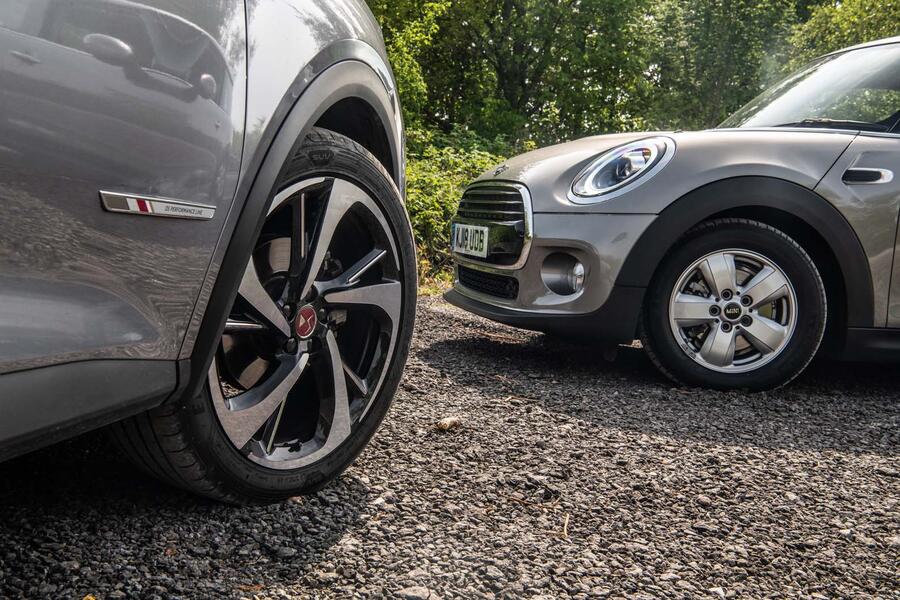
So, we thought the best way to illustrate this was to get two cars together from either end of the spectrum: a Mini Cooper hatchback and a DS 7 Crossback SUV. The latter is running the kind of typical wheel-and-tyre combo that you will find in many well-specced premium SUVs: a 20in alloy shod in 235/45 profile Continental ContiSportContact 5s. The size of the Mini’s, on the other hand, were commonplace a decade ago but are now among the smallest on the market: 15in alloys shod in 175/65 profile Michelin Energy Savers.
Direct comparisons between the two shouldn’t be fair, as one is a sportily set up supermini and the other is a comfort-focused SUV, but here’s the surprise: by our reckoning, the Mini has a smoother, more consistent and ultimately more comfortable ride.
On our control route, mixing town roads with B-roads of varying speed and surface quality, the Mini’s combination of firm-yet-composed damping and squidgy sidewalls shone through. You’re always aware of the road surface passing beneath you, yet both primary and secondary ride comfort is strong, the body stays level, while even the worst surface disruption or potholes are ably dealt with. How much of that is down to the wheels is open to debate, but we’ve tried Minis with larger wheels and tyres that are much less absorptive over nasty potholes.

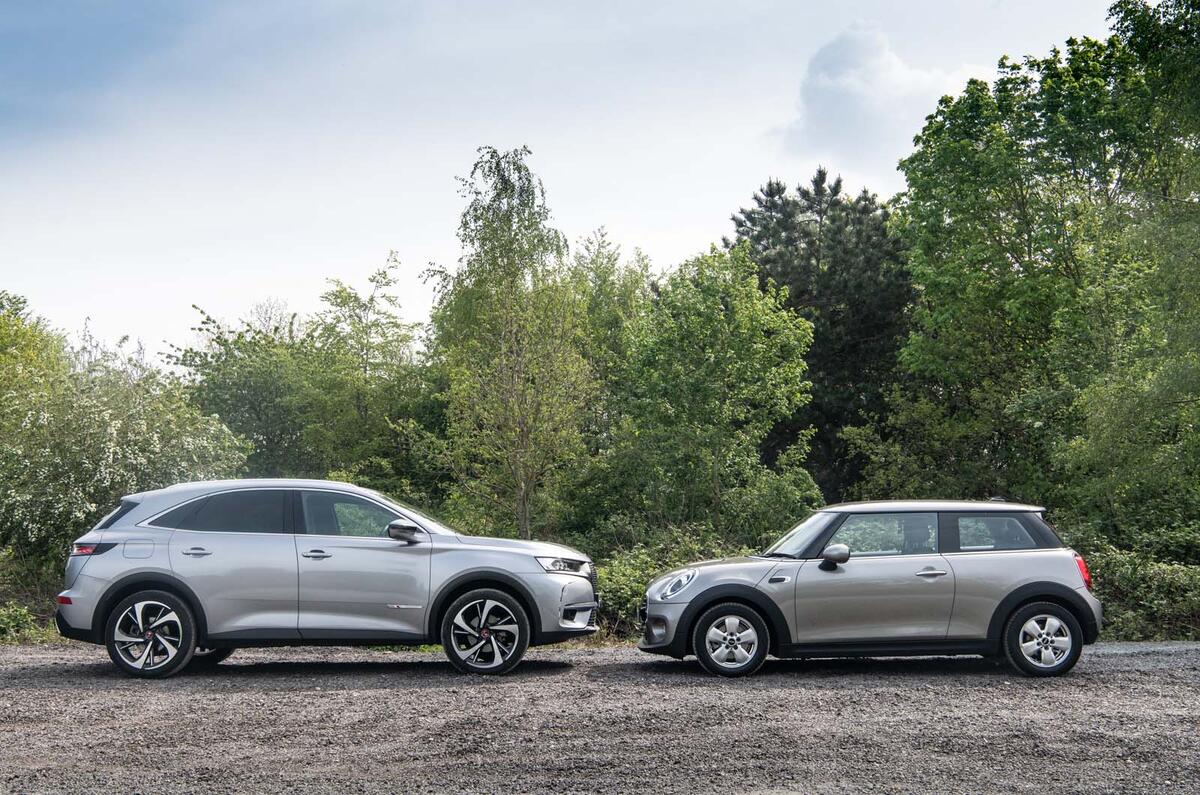


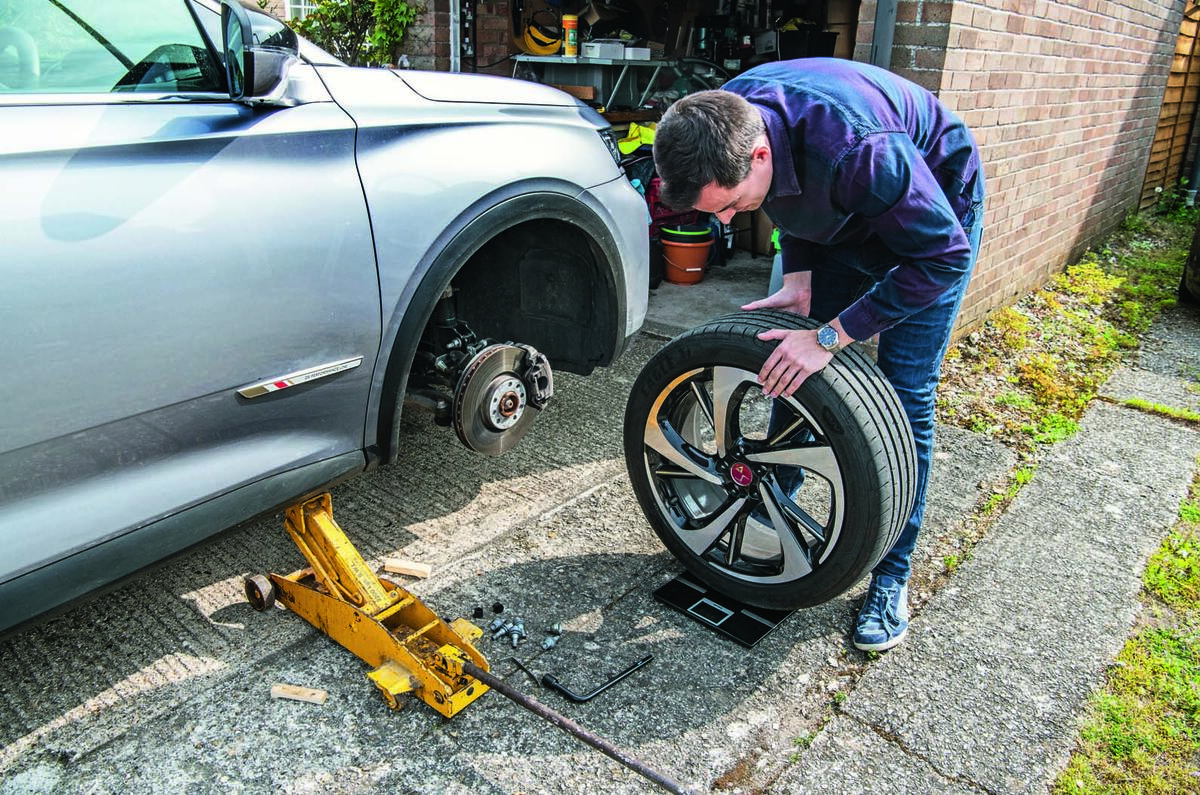
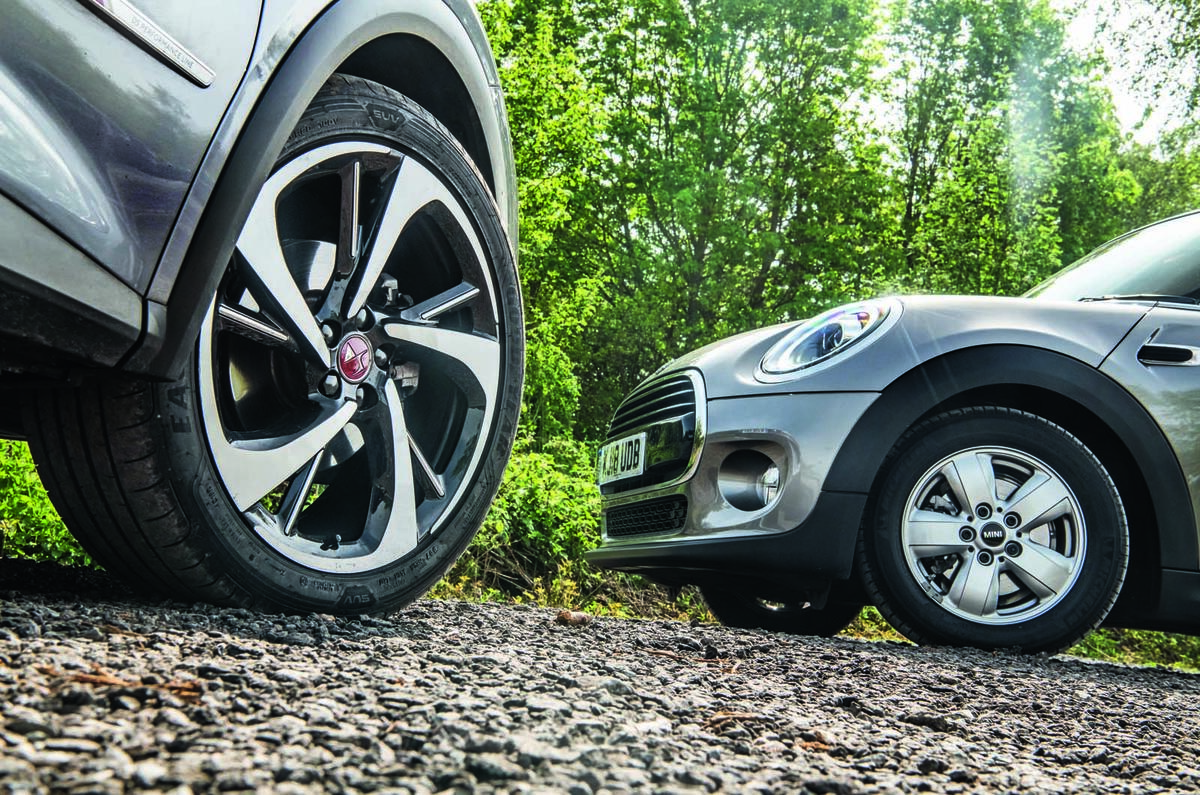
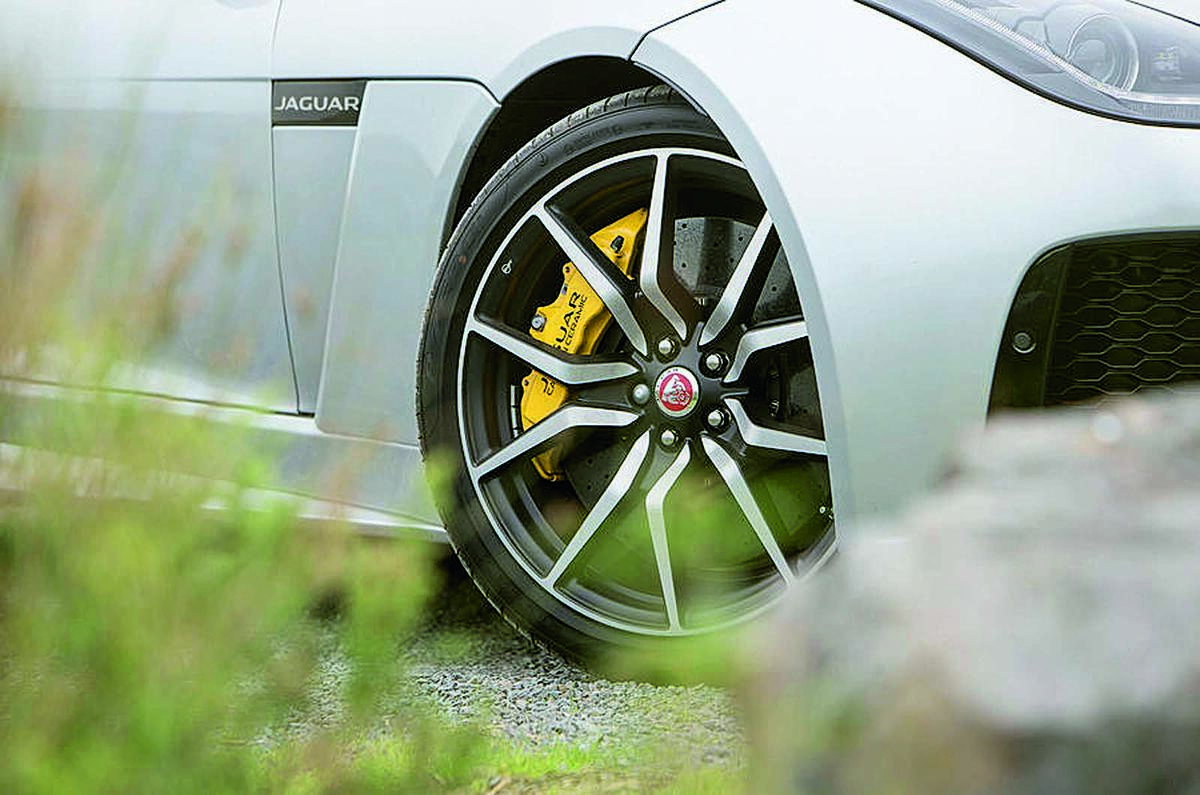

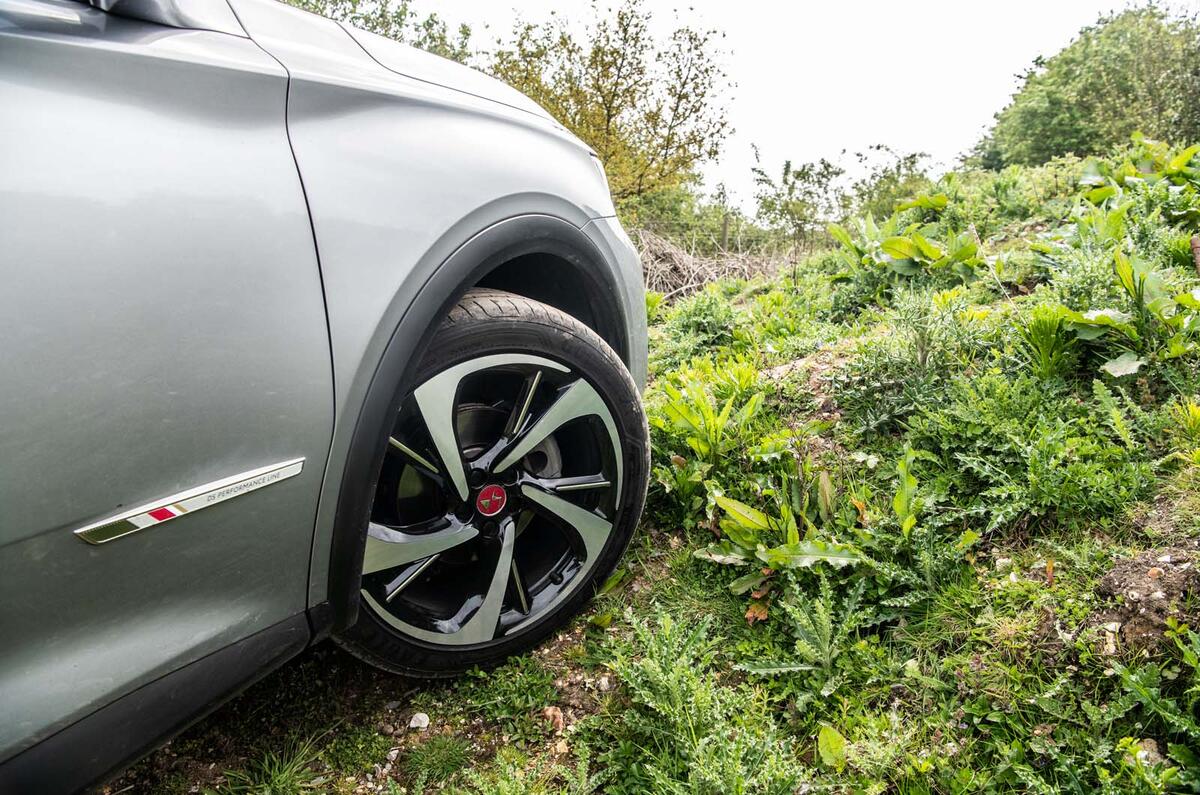

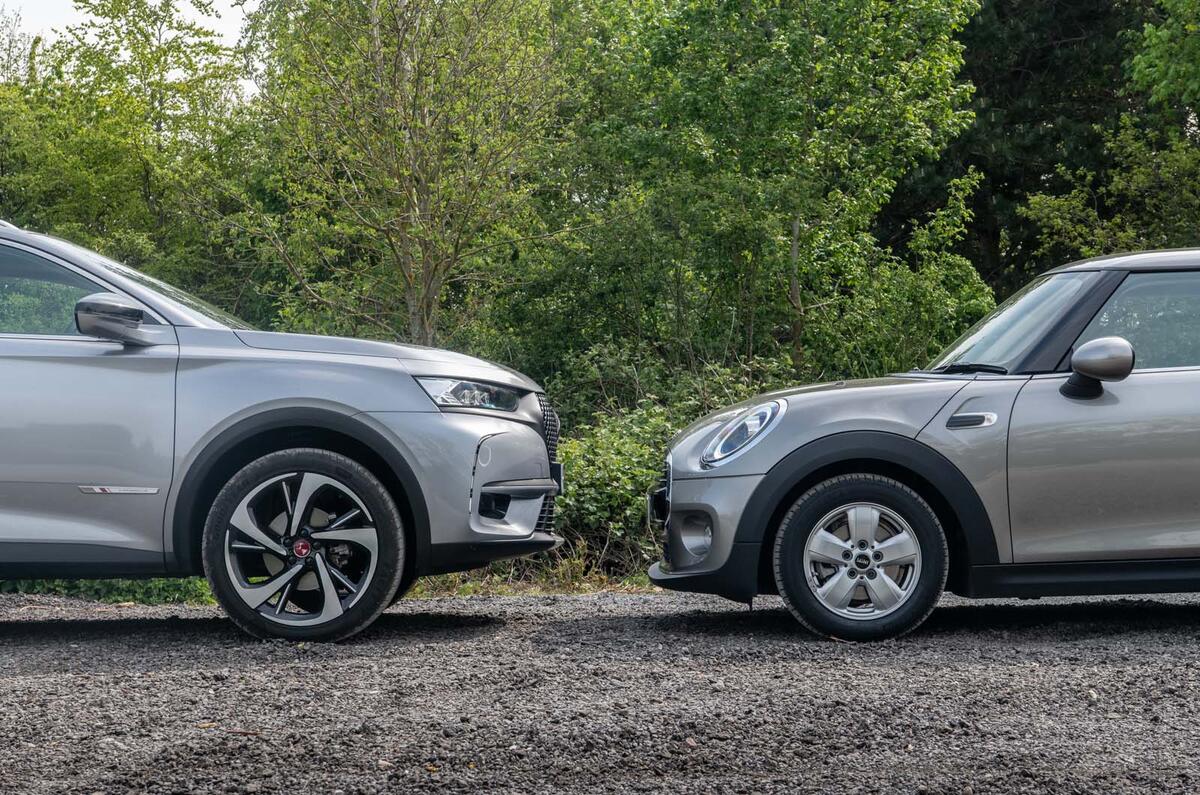

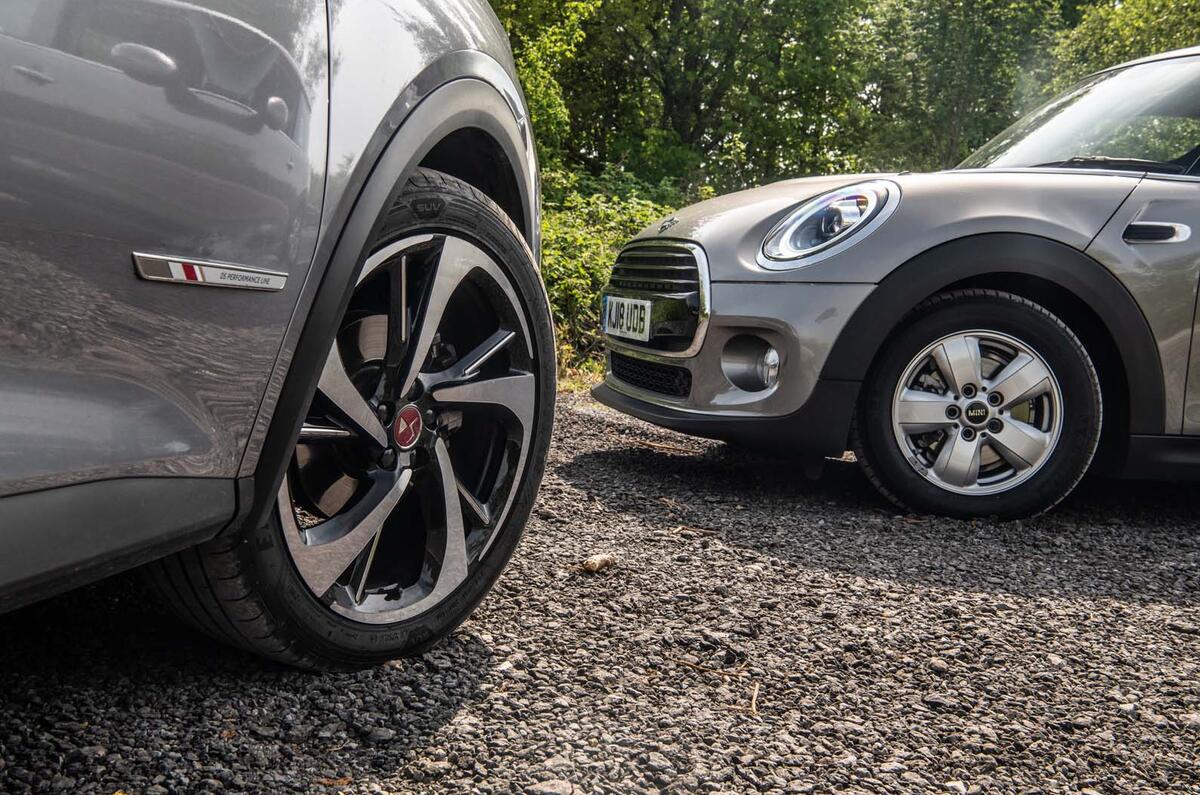
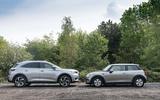
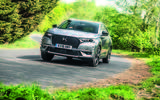
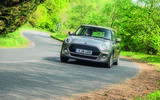
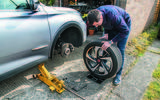
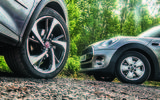
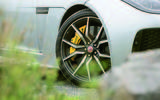
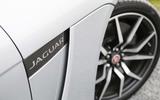
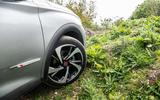
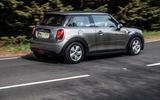


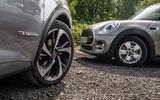

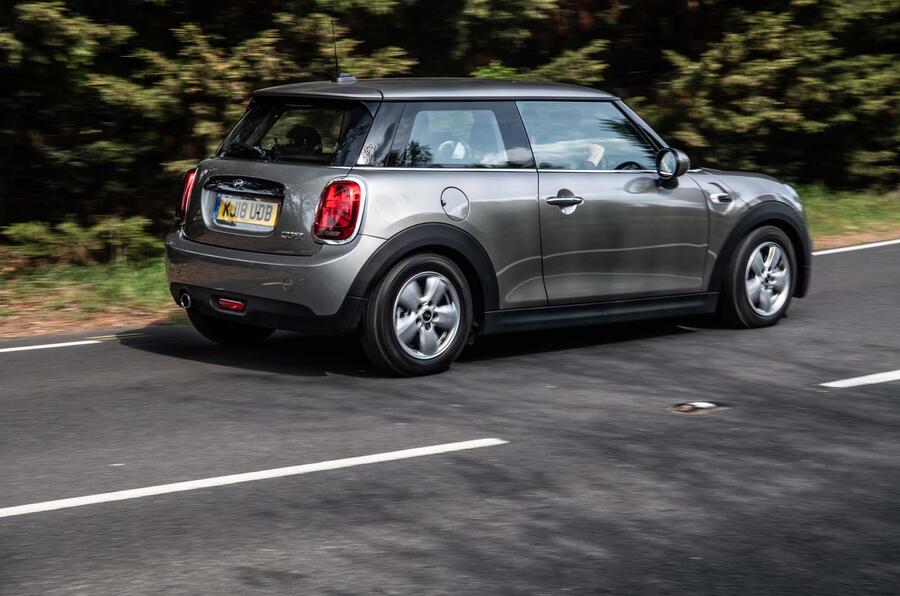
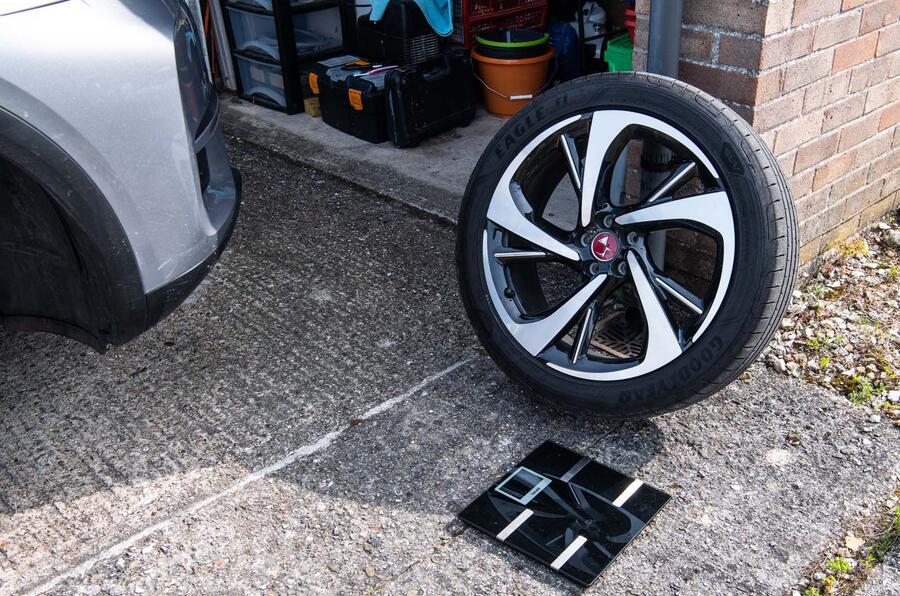
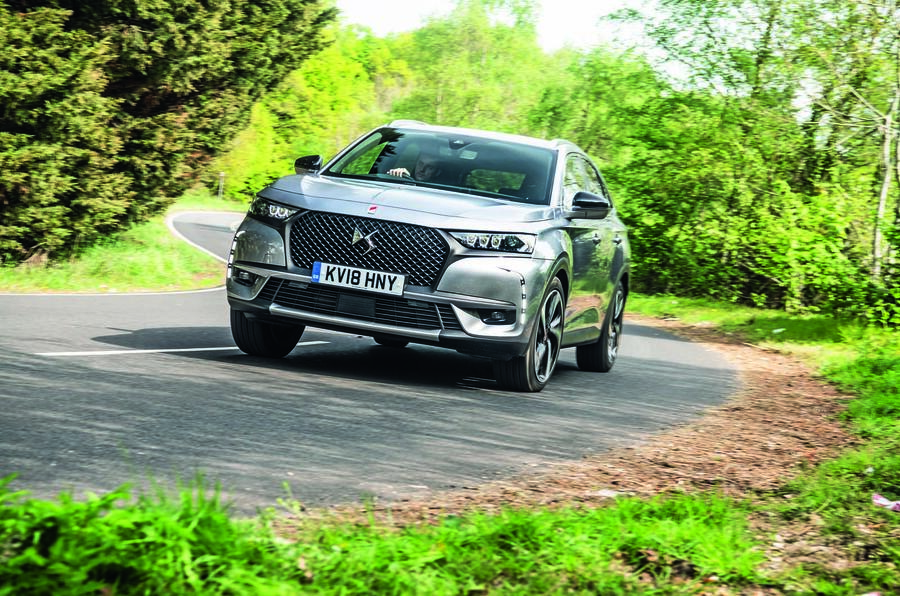
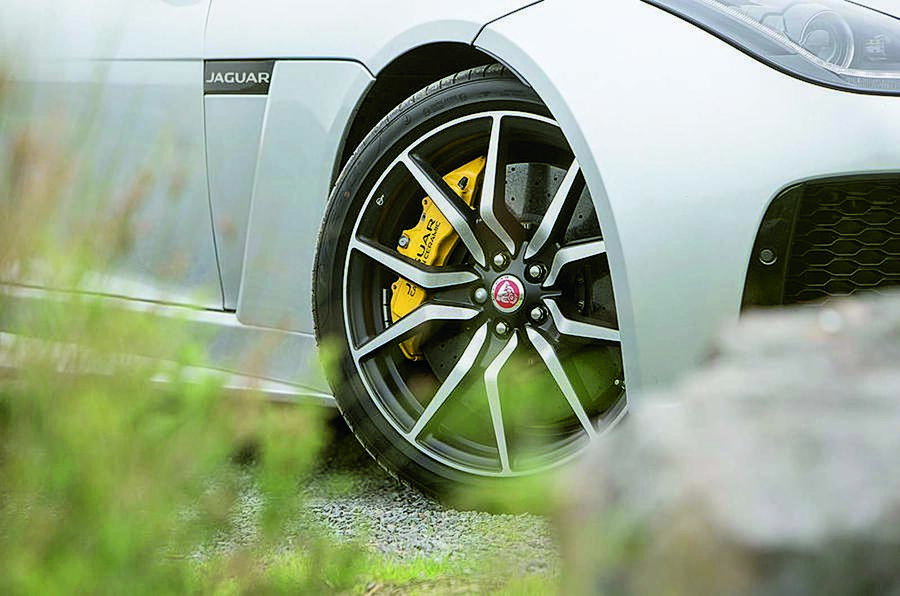

Join the debate
Add your comment
Big wheels suck balls. They look good (to some), but are pure shite in every other way.
Only a bollocks, and an insecure bollocks with severe status anxiety issues at that, fits big wheels to a vehicle.
Hilarious comment from another ignoramus commenter on here, telling us that poor ride quality is not the fault of the big wheels, it's the fault of the reduced sidewall depth.
Well, doh! You do realise, don't you, that the overall diameter has to remain the same? Otherwise you wreck the car's gearing and systems. So once you fit big wheels, you're obliged to fit low profiles. Big wheels and low profiles are inextricably linked. So, de facto, big wheels are to blame for destroying rude quality.
Read your own previous articles
Read back through autocar reviews and compare every time that the reviewer has commented on how much better the big tyres are compared to standard. Journalists have a lot to answer for.
And I agree with all the other comments that this particular comparison is not valid, but like comparing apples with pineapples on which is easier to eat without peeling.
The idea that bigger wheels
The idea that bigger wheels make cars ride worse is total nonsense, it contradicts the laws of physics. Bigger wheels actually improve a cars ride, the reason cars with bigger wheels often have a worse ride is that the bigger wheels pretty much always lead to lower side walls - its the lower side walls that make the ride worse not the bigger wheels. If you tested two identical cars with differently sized wheels with THE SAME TYRE SIDE WALL HEIGHT the one with the larger wheels will ride better. The completely ameteur test carried out here is 100% unscientific and total bollocks cos we re comparing two entirely different cars so zero notice should be taken of it. I expect better from the worlds oldest car magazine that.
typos1 wrote:
Are you ignoring the weight? unsprung weight has always been the enemy of a good ride quality.